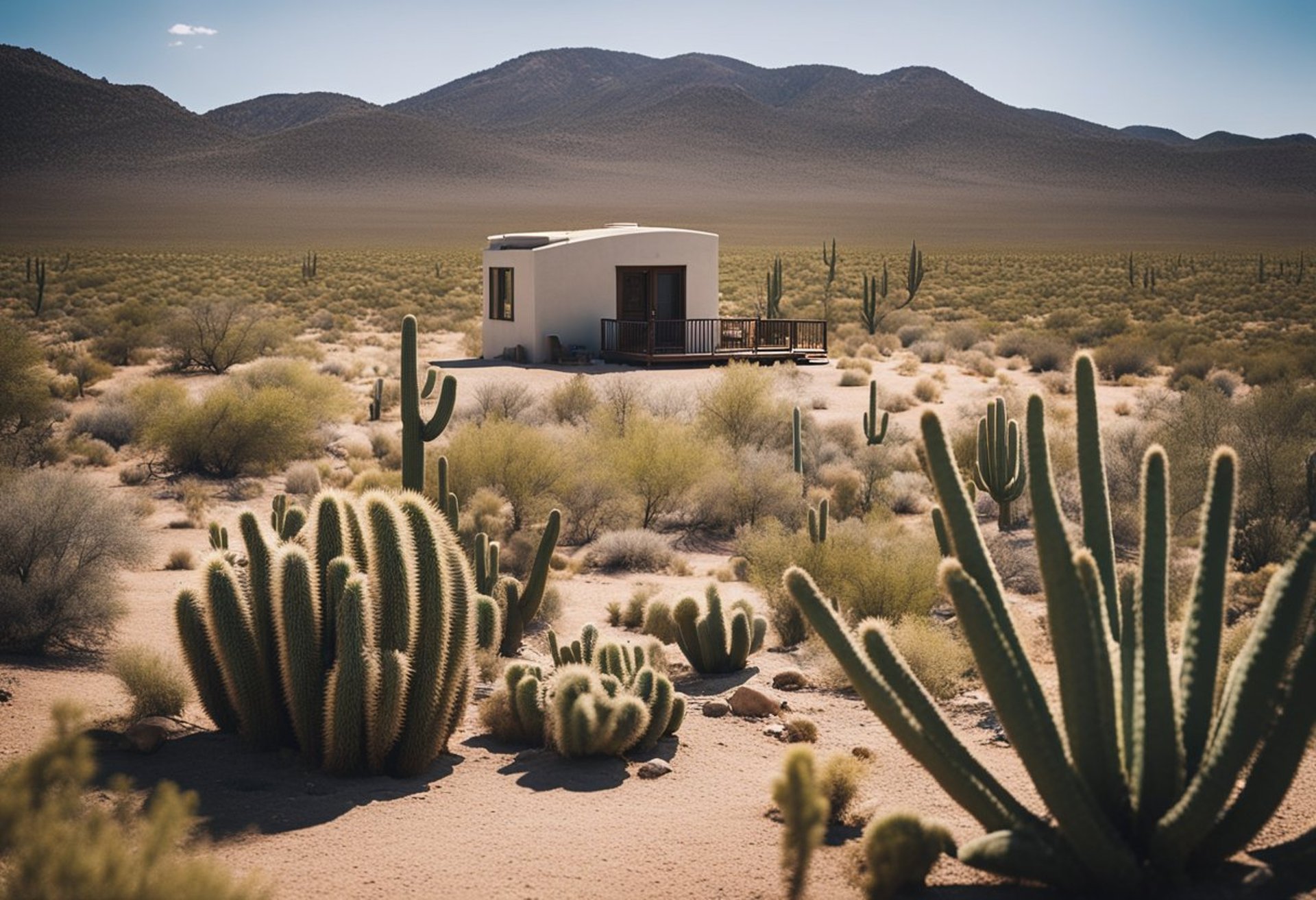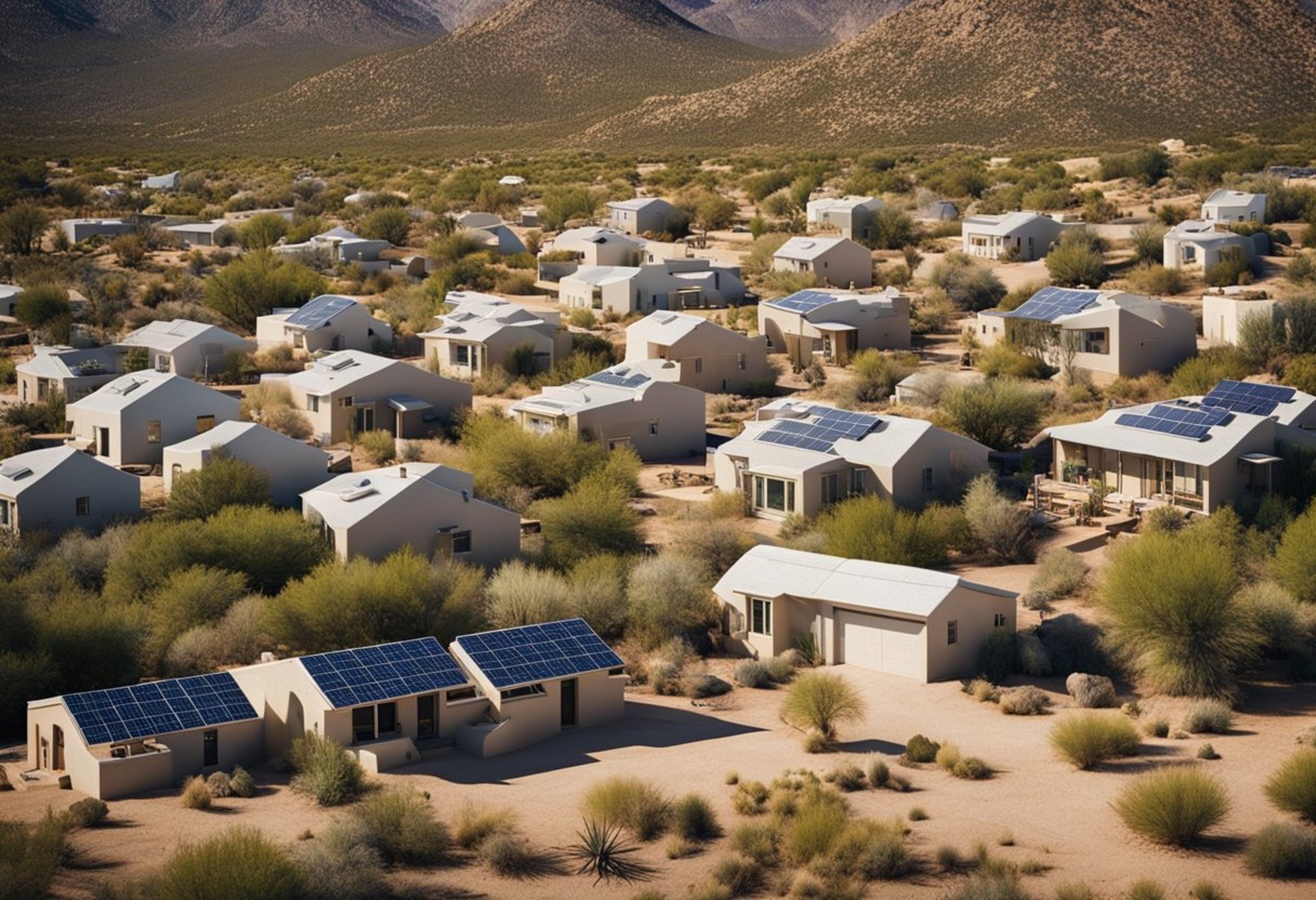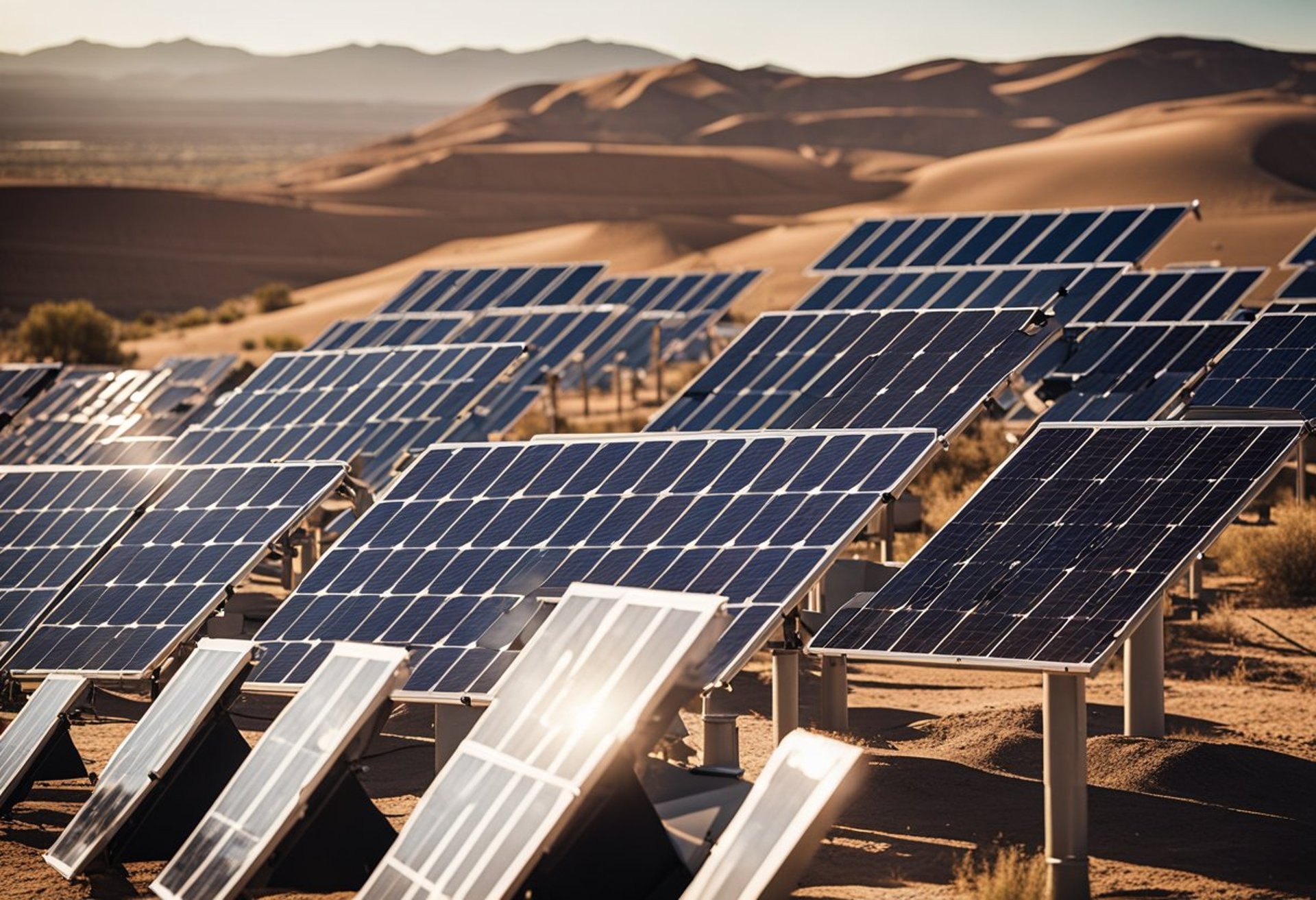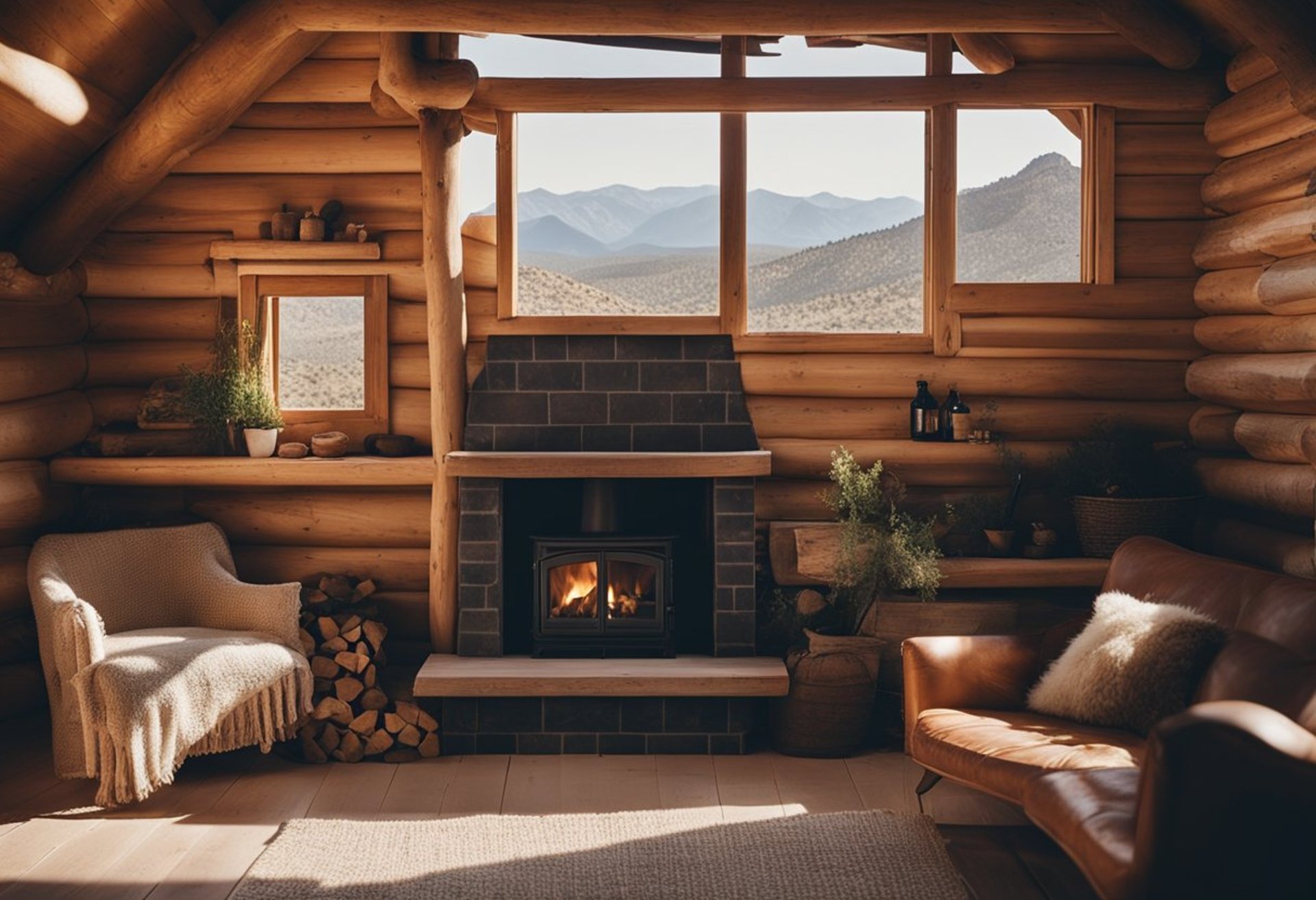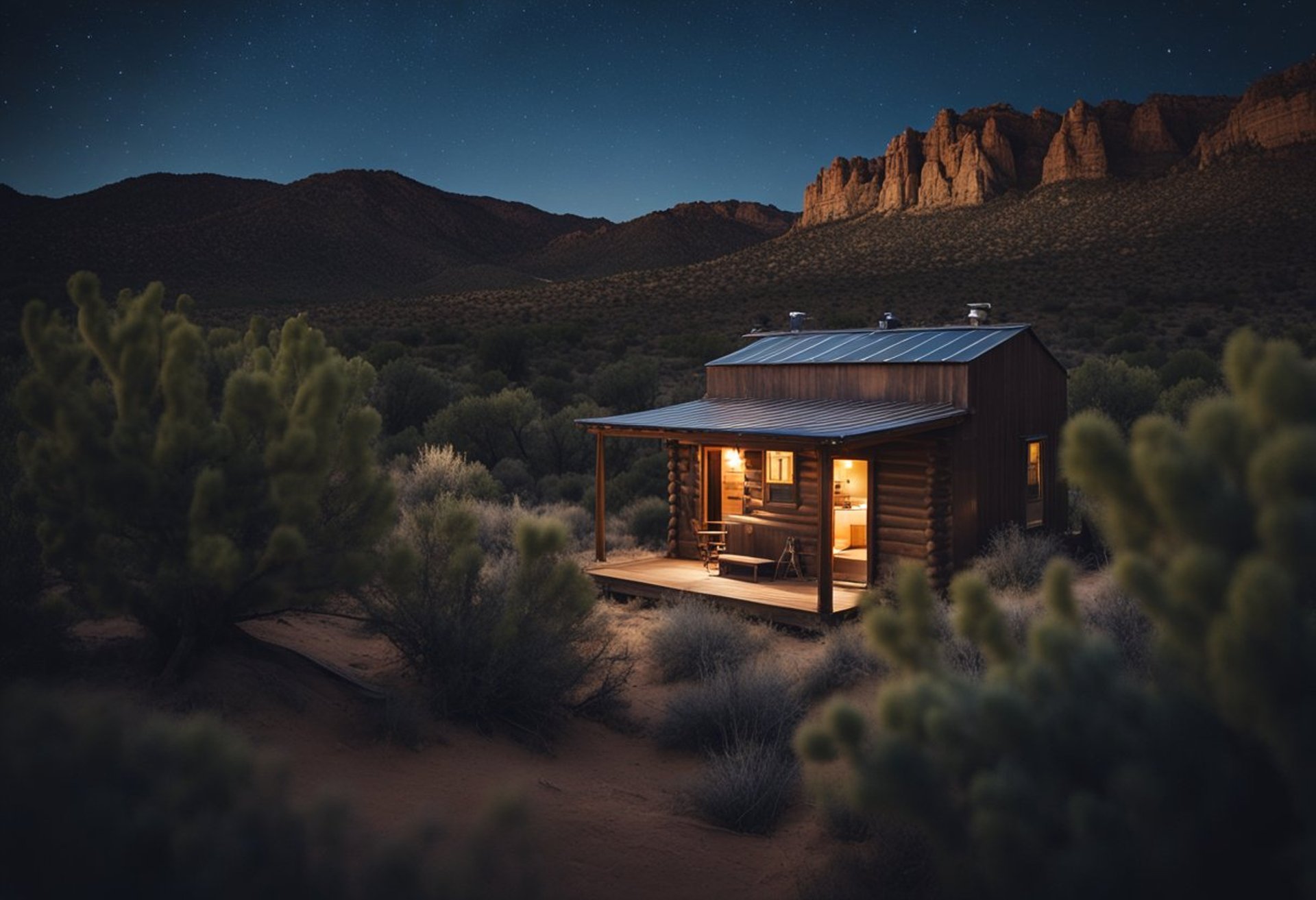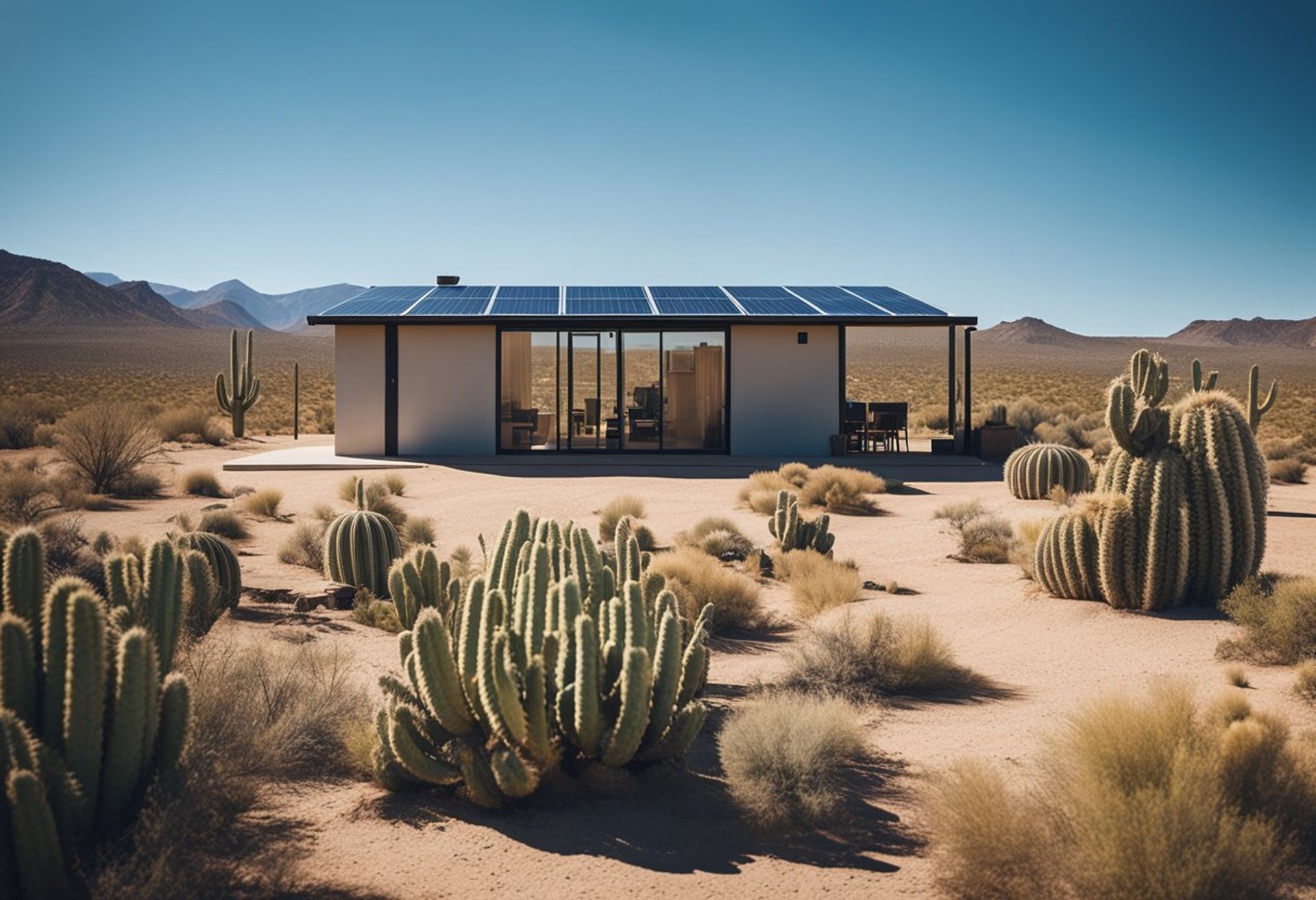Off Grid New Mexico: Exploring Sustainable Living in the Land of Enchantment
Living off the grid in New Mexico offers a unique lifestyle that merges stunning landscapes with sustainable living practices. For those considering this choice, it provides an opportunity to be self-sufficient while embracing nature. The allure of solitude and independence in New Mexico’s vast wilderness is increasingly appealing, especially for those seeking an alternative to urban life.
Off Grid New Mexico: Exploring Sustainable Living in the Land of Enchantment
Living off the grid in New Mexico offers a unique lifestyle that merges stunning landscapes with sustainable living practices. For those considering this choice, it provides an opportunity to be self-sufficient while embracing nature. The allure of solitude and independence in New Mexico’s vast wilderness is increasingly appealing, especially for those seeking an alternative to urban life.
Navigating the process of off-grid living comes with distinct challenges and rewards. From selecting the right location to designing an efficient cabin, individuals need to consider their energy and water solutions carefully. Those who embrace this lifestyle often find a deep connection to their community and the environment.
With various resources available, making the leap to off-grid living can be both feasible and rewarding. Understanding the essential aspects of this lifestyle will empower interested readers to envision their own off-grid future in New Mexico.
Key Takeaways
Off-grid living in New Mexico promotes self-sufficiency and sustainability.
Designing a functional cabin requires careful consideration of energy and water needs.
Community connections enhance the off-grid living experience.
Understanding Off-Grid Living in New Mexico
Off-grid living in New Mexico presents unique challenges and opportunities related to its climate, legal landscape, and sustainable practices. Individuals can find a rewarding lifestyle by balancing these factors effectively.
Climate and Geography
New Mexico's climate significantly impacts off-grid living. The state features a varied terrain, with deserts, mountains, and plains.
Temperature: Summers can be extremely hot, while winters are cold, particularly in higher elevations.
Sunlight: The state has abundant sunshine, making solar energy a viable power source.
Water: Limited rainfall necessitates water conservation techniques, such as rainwater harvesting and the use of wells.
Understanding these conditions helps in planning for energy needs, crop choices, and water supply.
Legal Considerations
Navigating legal requirements is essential for off-grid living. New Mexico has specific zoning laws and regulations that can affect construction and land use.
Permitting: Building codes and permits are required, particularly for structures like homes and water systems.
Land Ownership: It's crucial to verify land titles and any existing easements that may restrict use.
Utilities: Off-grid residents should check regulations regarding energy systems, including solar and wind installations.
Staying informed about local regulations can prevent costly misunderstandings and ensure compliance.
Sustainability Practices
Sustainable practices are vital for successful off-grid living. New Mexico offers various methods to achieve a self-sufficient lifestyle.
Energy Sources: Solar panels and wind turbines provide renewable energy. Many residents choose to combine these for reliability.
Waste Management: Composting and recycling help minimize waste. Residents often implement greywater systems for irrigation.
Food Production: Gardening and raising livestock support food sustainability. The state's climate allows for a diverse range of crops, such as peppers, beans, and squash.
Emphasizing sustainable practices enhances not just self-sufficiency, but also the environmental impact of off-grid living in New Mexico.
Designing an Off-Grid Cabin
Designing an off-grid cabin involves strategic choices regarding location and efficiency. These elements significantly impact the comfort and sustainability of the dwelling.
Selecting the Right Location
Choosing the ideal site for an off-grid cabin is crucial. Factors include proximity to resources, sunlight exposure, and protection from harsh weather. A location with ample sunlight allows for solar energy generation, while good tree coverage can provide natural insulation.
Consideration of water access is also essential. A nearby natural water source simplifies water collection and treatment. Dense foliage offers privacy and aesthetic appeal but can complicate construction and access.
Conducting a site assessment can reveal potential issues, such as drainage problems or wind exposure. It is wise to explore zoning regulations and land-use restrictions in the selected area. Remote plots and sustainable land options can often offer the best benefits for off-grid living.
Cabin Functionality and Efficiency
Designing the cabin's interior requires attention to functionality and energy efficiency. An open floor plan maximizes space and airflow. Key elements include multi-functional furniture and built-in storage.
Utilizing natural materials can enhance the cabin's aesthetic while ensuring durability. Consider options such as timber frames or straw bale insulation for energy efficiency.
Energy-efficient systems, such as composting toilets and greywater recycling, can minimize environmental impact. Incorporating renewable energy sources, such as wind turbines or solar panels, will enhance sustainability.
When considering heating and cooling options, prioritize passive designs. Roof overhangs can shield from sun exposure, while strategically placed windows allow for cross-ventilation. A well-designed off-grid cabin balances comfort and ecological responsibility.
Off-Grid Cabin Interiors
Off-grid cabin interiors focus on creating functional and comfortable living spaces that enhance the off-grid lifestyle. Key design elements prioritize efficiency, sustainability, and aesthetics in small, often resource-limited environments.
Maximizing Space and Comfort
Maximizing space in off-grid cabins often requires innovative design solutions. Multi-functional furniture is a popular choice. For example, a Murphy bed can convert a living area into a bedroom, while a fold-out desk saves space during the day.
Kitchens in off-grid cabins benefit from compact layouts, with essential appliances like propane stoves and energy-efficient refrigerators. Open shelving can replace bulky cabinets, promoting accessibility and organization. Natural light is essential; strategically placed windows can create an illusion of space and connection to the outdoors.
Bathroom designs typically utilize space-saving fixtures, such as composting toilets and compact shower units. Utilizing vertical storage in every room enhances efficiency.
Interior Décor and Aesthetics
Aesthetic choices in off-grid cabins often reflect natural surroundings. Earthy tones and organic materials create harmony with the environment. Wood finishes, stone accents, and textiles made from sustainable fibers contribute to a cozy atmosphere.
Decor often incorporates handmade or local artwork, showcasing the region's culture. Simple additions like rugs and curtains can warm up spaces while providing insulation.
Lighting plays a crucial role, with options ranging from solar-powered lamps to candles, providing both functionality and ambiance. Incorporating plants can improve air quality and add a touch of nature indoors.
These elements together create a welcoming retreat that maintains both practicality and comfort.
Energy and Water Solutions
Living off-grid in New Mexico requires effective energy and water solutions to sustain a self-sufficient lifestyle. Utilizing renewable energy sources and integrating efficient water management practices are essential for residents aiming for sustainability in this environment.
Renewable Energy Options
Renewable energy options are critical for off-grid living in New Mexico. The region receives abundant sunlight, making solar power the most viable choice. Photovoltaic panels can be installed on rooftops or ground-mounted to capture sunlight effectively. Most systems come with battery storage to ensure a continuous power supply during nighttime or cloudy days.
Wind energy is another option. Small wind turbines can complement solar systems, particularly in areas with consistent wind patterns. Other alternatives include micro-hydro systems if a suitable water source is available.
Key considerations include:
System sizing to match energy consumption
Initial installation costs versus long-term savings
Maintenance requirements for longevity and efficiency
Water Collection and Waste Management
Water collection in New Mexico often involves rainwater harvesting and groundwater sources. Rainwater harvesting systems can be installed to collect and store rain, mitigating reliance on municipal water supply. These systems typically utilize gutters, downspouts, and storage tanks.
Residents should also consider filtration and treatment options to ensure water quality. The use of biosand filters or UV purification systems can enhance safety.
Waste management is equally vital. Composting toilets offer an environmentally friendly solution, reducing water usage while converting waste into compost. Greywater systems can recycle water from sinks and showers for irrigation, further maximizing resources in arid conditions.
Important aspects for implementation include:
Local regulations on water rights
Maintenance of systems for water quality and safety
Environmental impact of waste disposal methods
Lifestyle and Community
Living off-grid in New Mexico fosters a unique lifestyle centered around self-sufficiency and community interaction. Individuals often prioritize sustainable practices, creating strong networks among like-minded residents.
Cultivating Self-Sufficiency
Off-grid cabin living encourages residents to become self-reliant. Many invest in solar panels, rainwater collection systems, and composting toilets to minimize their reliance on external resources.
Growing one's own food is common, with gardens and edible landscaping becoming integral parts of the off-grid lifestyle.
Residents often attend workshops to learn skills such as canning, preservation, and permaculture techniques.
Key practices include:
Solar energy: Harnessing the sun for power.
Water management: Implementing systems to collect and conserve water.
Food production: Cultivating gardens for personal use.
These efforts contribute to a sustainable lifestyle while reducing environmental impact.
Building Community Connections
Community plays a vital role in the off-grid lifestyle in New Mexico. Many residents actively participate in local gatherings, farmers' markets, and cooperative events to share knowledge and resources.
Strong bonds often form among neighbors, leading to skill-sharing and mutual assistance.
Many engage in barter systems, exchanging goods and services without monetary transactions.
Community features include:
Workshops: Educational events to learn new skills.
Events: Seasonal festivals to celebrate local culture.
Support networks: Groups providing assistance during tough times.
Such connections enhance the living experience and provide a support system in remote areas.









